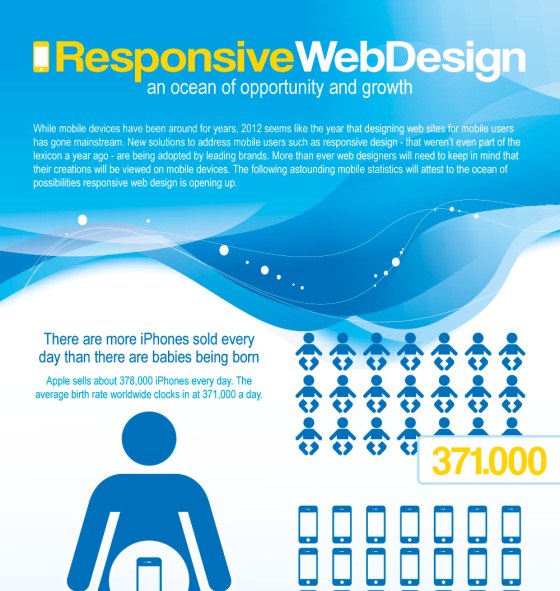Intrigued In Discovering Just How Site Layout Has Evolved? Discover The Journey From Simple Styles To User-Centric Techniques
Intrigued In Discovering Just How Site Layout Has Evolved? Discover The Journey From Simple Styles To User-Centric Techniques
Blog Article
Staff Author-Asmussen Vangsgaard
In the past, sites were basic and concentrated on details. Navigating was direct, and layout was for desktops. Now, user experience is essential. Information overviews styles for easy navigation. Receptive designs fit various tools. Today, dark mode minimizes stress, and minimal menus boost navigation. Interactive functions involve users, and bold visuals attract attention. AI integration increases involvement. See exactly how layout has actually advanced to enhance your on-line trip.
Early Days of Website Design
In the early days of website design, simplicity reigned supreme. Websites were standard, with restricted colors, fonts, and designs. The focus was on offering details as opposed to fancy visuals. Individuals accessed the net with slow-moving dial-up links, so rate and performance were essential.
Navigation food selections were straightforward, normally located at the top or side of the web page. Sites were developed for computer, as mobile surfing wasn't yet common. Web content was king, and designers prioritized very easy readability over complicated style elements.
HTML was the primary coding language utilized, and designers needed to function within its restrictions. Computer animations and interactive attributes were very little contrasted to today's criteria. Websites were static, with little dynamic content or tailored user experiences.
Surge of User-Focused Style
With the evolution of site layout, a change towards user-focused style concepts has actually come to be increasingly famous. Today, developing websites that prioritize user experience is important for involving visitors and accomplishing company objectives. User-focused design entails comprehending the demands, choices, and behaviors of your target market to tailor the site's design, content, and features as necessary.
Developers now carry out complete study, such as user studies and functionality testing, to gather understandings and comments directly from customers. web services -driven technique assists in developing instinctive navigation, clear calls-to-action, and aesthetically appealing interfaces that resonate with site visitors. By positioning the customer at the facility of the design process, internet sites can deliver a much more customized and satisfying experience.
Responsive layout has also emerged as an essential facet of user-focused design, guaranteeing that websites are enhanced for different tools and display sizes. This adaptability boosts ease of access and functionality, catering to the varied means individuals engage with sites today. Basically, the rise of user-focused layout symbolizes a shift in the direction of creating electronic experiences that prioritize the requirements and expectations of the end customer.
Modern Trends in Web Design
Discover the most recent fads shaping web design today. One noticeable trend is dark mode design, providing a streamlined and contemporary look while reducing eye strain in low-light settings. Another crucial fad is minimalist navigation, streamlining menus and enhancing individual experience by concentrating on essential elements. Incorporating micro-interactions, such as animated switches or scrolling results, can develop a more interesting and interactive website. Responsive style stays crucial, making sure seamless customer experiences throughout numerous gadgets. In i need a website designer , making use of vibrant typography and unbalanced designs can include visual rate of interest and accentuate details content.
Incorporating AI technology, like chatbots for consumer assistance or individualized referrals, improves user involvement and streamlines processes. Accessibility has also become a substantial trend, with designers focusing on inclusive layout techniques to satisfy varied user needs. Embracing sustainability by enhancing web site performance for speed and efficiency is another arising fad in website design. Working together with individual feedback and information analytics to repeat and improve style constantly is crucial for remaining relevant in the ever-evolving digital landscape. By accepting these contemporary fads, you can create an aesthetically attractive, easy to use web site that resonates with your audience.
Final thought
As you reflect on the evolution of website layout from the early days to currently, you can see how user-focused design has actually come to be the driving pressure behind modern-day trends.
Welcome the trip of change and adaptation in website design, always keeping the user experience at the leading edge.
Keep current with the most up to date trends and technologies, and never quit progressing your method to create visually sensational and straightforward websites.
Develop, adapt, and create - the future of website design remains in your hands.
